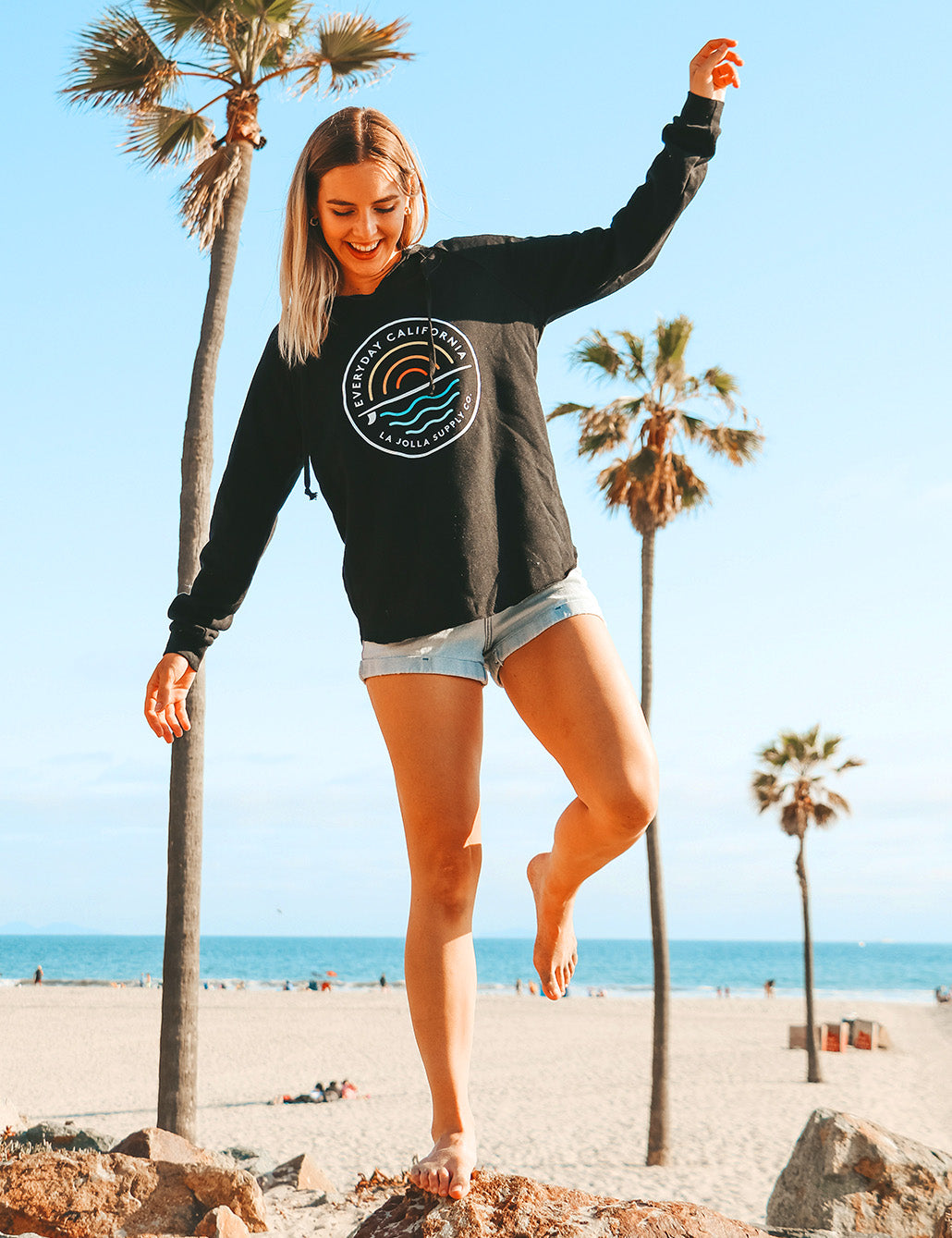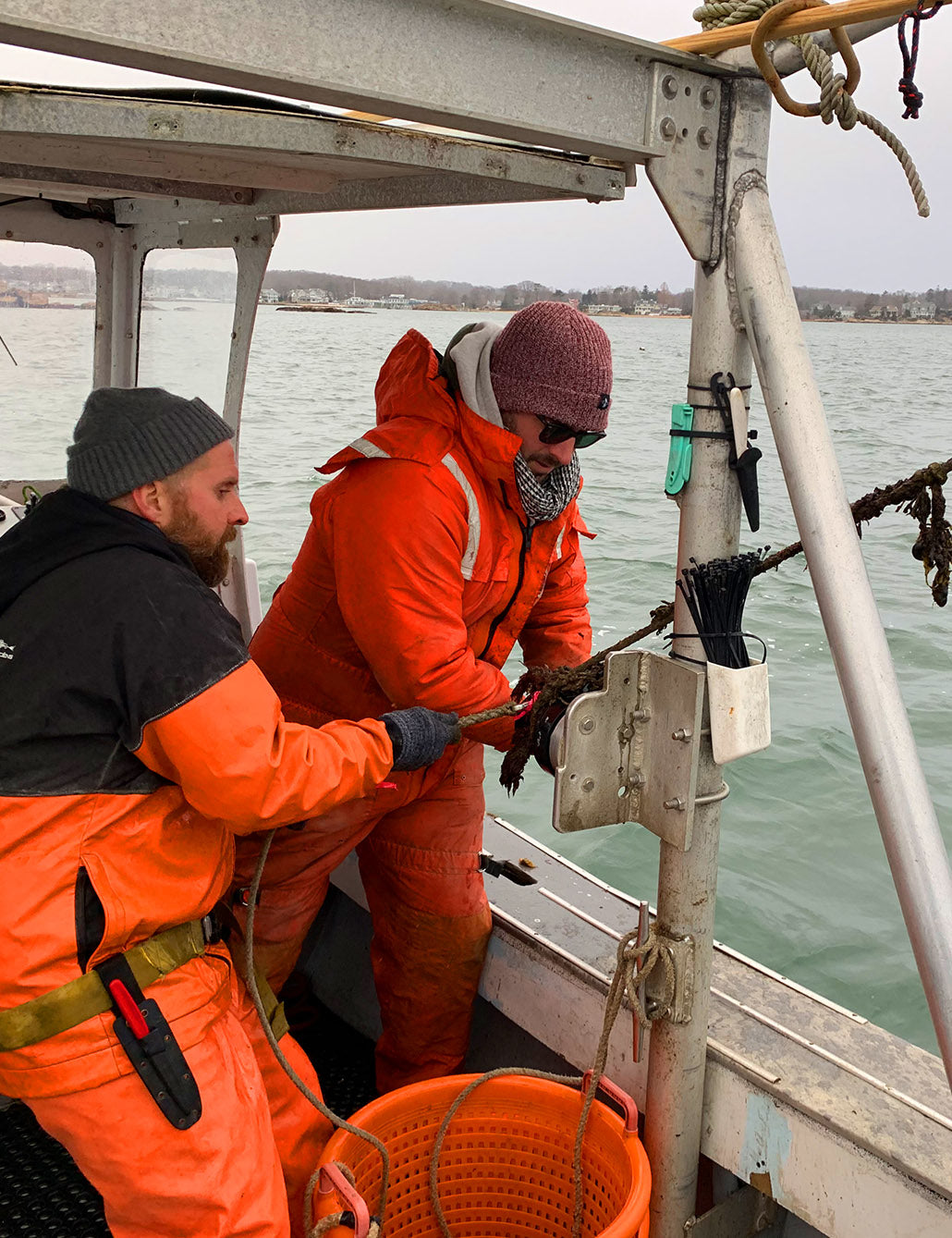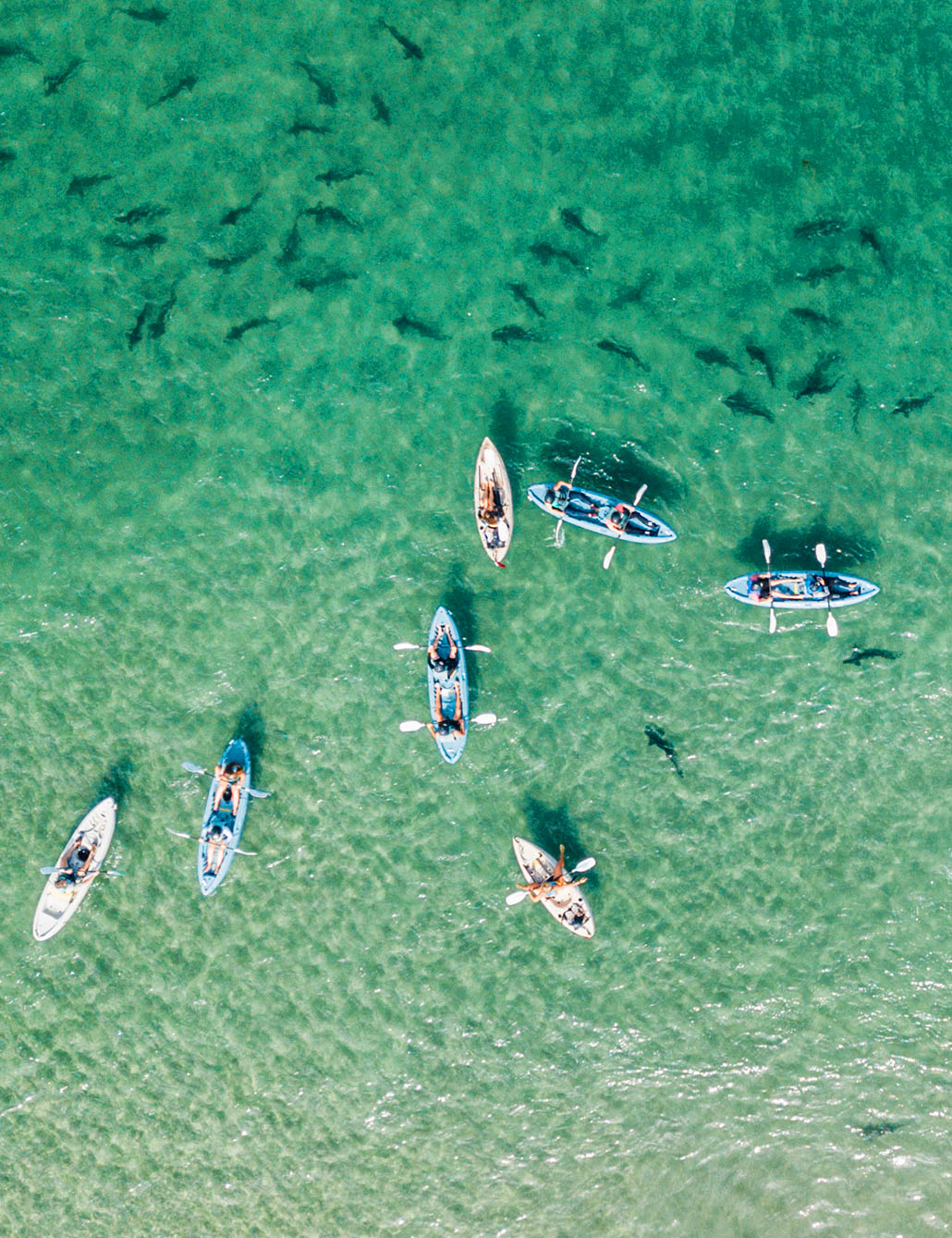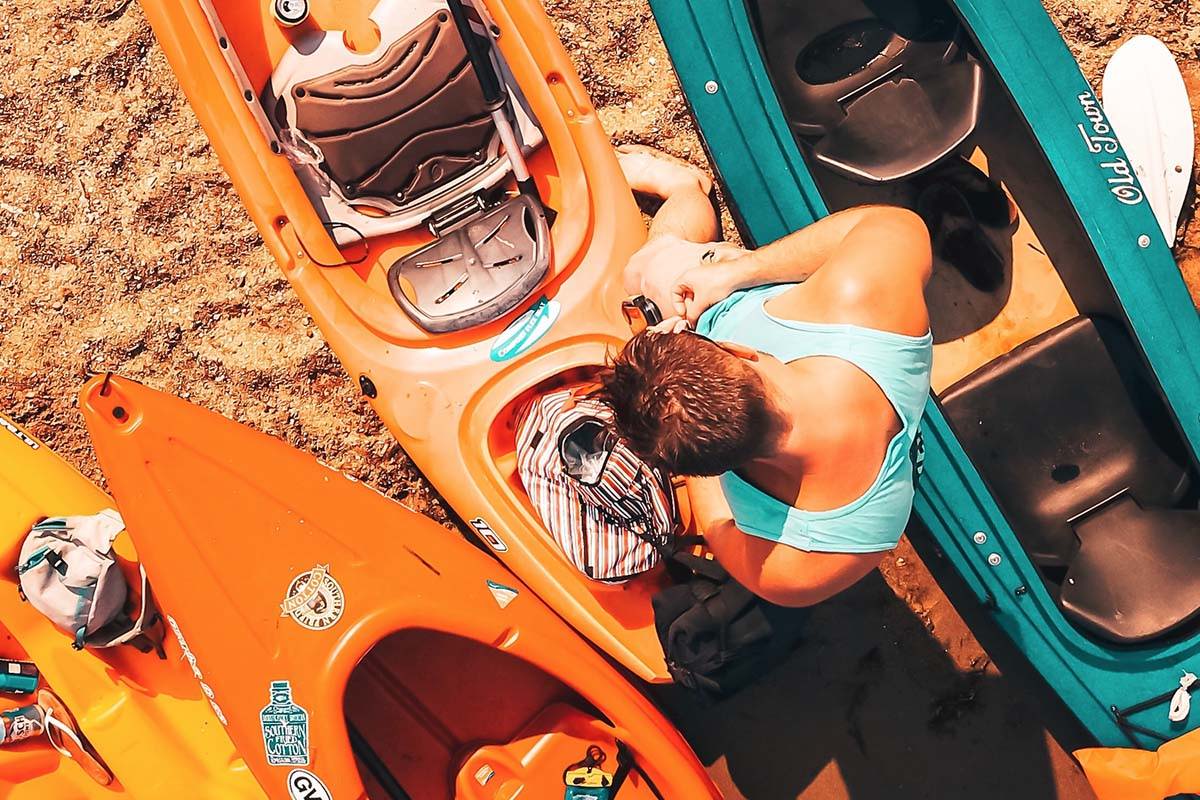Paddle boarding is a great activity that has become increasingly popular. It’s an excellent way to get some fresh air and exercise while also having fun. Because it’s such a growing sport, there are many different ways to get involved with paddle boarding.
If you’re thinking about getting into paddle boarding, this article is a great place to start learning all the basics.
Here we discuss everything you need to know about getting into stand-up paddling to make your experience with this water-based activity enjoyable and safe from start to finish.

Stand Up Paddle Boarding
If you are new to paddle boarding and aren’t yet familiar with it, you may wonder about stand-up paddle boarding(SUP). This sport involves standing on a large paddle board while using a paddle to propel you forward in the water.
Depending on the paddle board you're using, it can be done either in a standing position (hence the name) or a sitting position with your legs.

How To Paddle Board
Safety is the most important priority when taking on a new sport. If you’re a beginner paddle boarder, then you’ll find that, like many sports, the best way to get a feel for the activity without injuring yourself is to take a few lessons first.
Many paddle boarding schools and SUP gyms offer these lessons and can be a great way to get a feel for the basics of paddle boarding before you try it out on your own.
For beginners, you’ll likely find balancing challenging to master, so you may want to practice on your own a few times in a controlled environment before taking it out on the open water.
How To Stand on a Paddle Board
To perform SUP, the first thing you must do is make sure that your feet are about shoulder-width apart, with your toes close to the edge of the board. Next, you should make sure that your knees are bent slightly to have a low center of gravity. This will help you stay balanced while standing up on the board to avoid falling off.
How To Hold a Paddle Board
There are a few different ways to hold a paddle board, but you’ll want to make sure that you’re holding it with either one or both hands. Holding the paddle in one hand is great for beginners because you can’t put as much pressure on your board. The most important thing is to find a way to hold it that is comfortable for you and will not damage your board in any way from dragging it, etc.

Stand Up Paddle Boarding Tips for Everyone
Try to Use a Leash
A leash is a simple but effective piece of equipment and support that every paddleboarder should have when doing SUP. A paddle board leash is simply a rope that you attach to your ankle and is connected to the board.
This rope allows you to stay connected to your paddle board so that it doesn’t float away if you fall into the water.
Face the Right Way
It’s best, especially for beginners, to face a straight line while on the board. This will allow you to keep an eye on any nearby boats or hazards, and it also means that you won’t have to turn around to see where you’re going.
Try to face the direction of your travel by visualizing a straight line extending from the front of your board to the shore.
Paddling with Your Core
When paddling with your core, you need to learn to use your stomach muscles instead of your arms. While paddling, you want your arms to be as close to your core without touching. It’s also suitable to tuck or fold your elbows in an angle as far as they will go while doing this, as it will help keep your arms tucked in.
Ride Waves you can Handle
Some paddle boarders like to paddle in water areas with big waves. However, no matter where you paddle or what type of paddle boarding you do, you need to make sure that you’re riding waves you can handle, as there are different types of waves.
If you're trying to catch a wave, you want to make sure that you're paddling fast enough in order to do so. When paddling, watch out for the wind power in your area. Being mindful of the power of wind helps you see waves differently.

What to Pack for Paddle Boarding
The first essential thing you need to think about before trying paddling for the first time is what gear you’ll pack in your bag. This is because there are a few different things that you’ll need with you before you even step foot in the water.
The essential paddling gear includes a paddle board, a paddle, a life jacket, a paddle leash, and a helmet if you wish to protect your head.
Attire for Paddle Boarding
You’ll be wearing a swimsuit while paddle boarding most of the time and we recommend wearing this waterproof hat to protect your face from the sun. However, depending on the type of paddle boarding you’re doing, you may need to wear a helmet to protect your head when you fall and a wetsuit to keep you warm and protected against both the chill water and the sun’s harmful rays. Don't forget to wear your sunscreen!

Final Thoughts
Paddle boarding is a great activity that anyone can do. You don’t have to be an expert swimmer or have any previous paddle boarding experience to get involved with this sport. All you need is a paddle board and a willingness to get wet and have fun!
The best way to learn everything you need to know about paddle boarding is to go to a paddle boarding class. Here, you’ll be guided through the entire process of paddle boarding so that you can ensure your first paddle boarding experience is a productive one.








